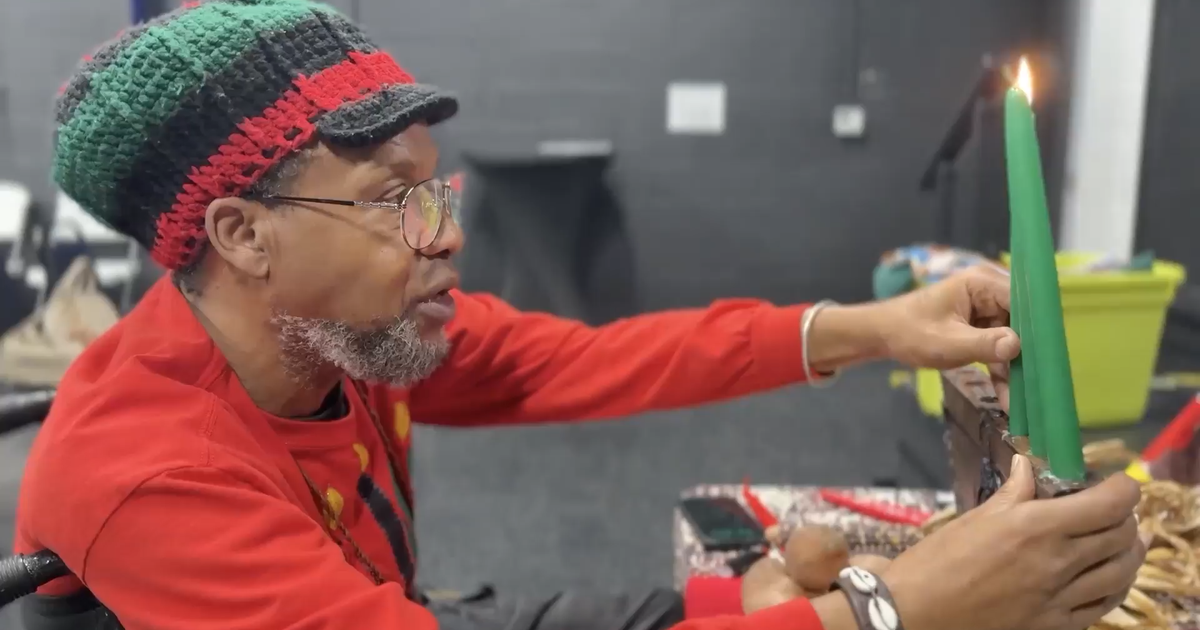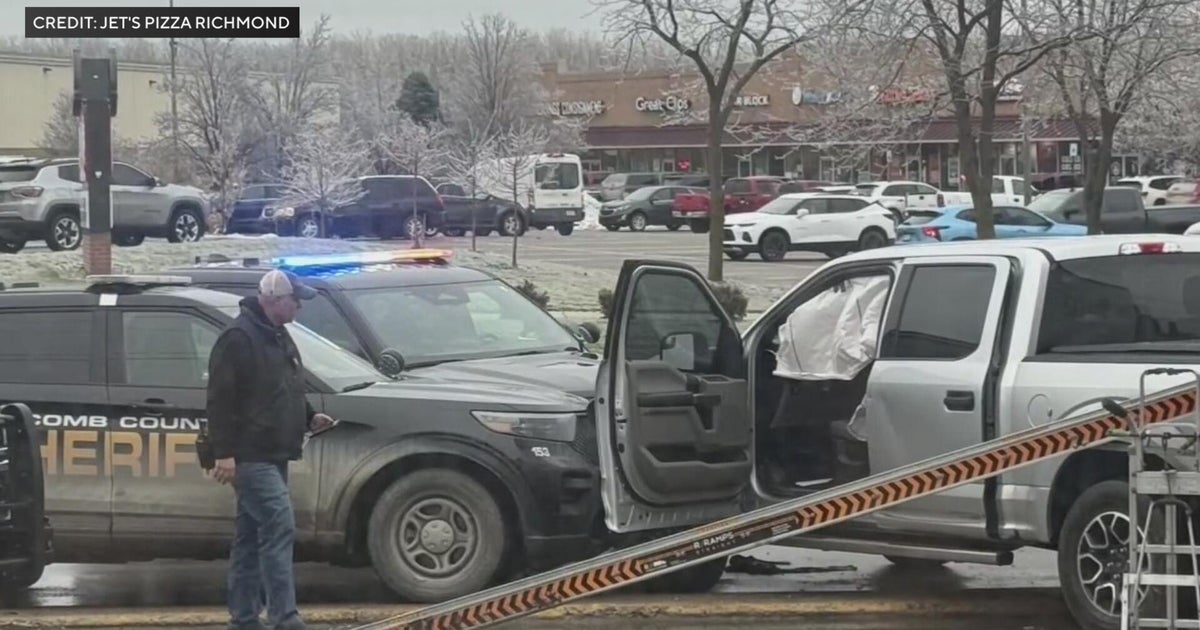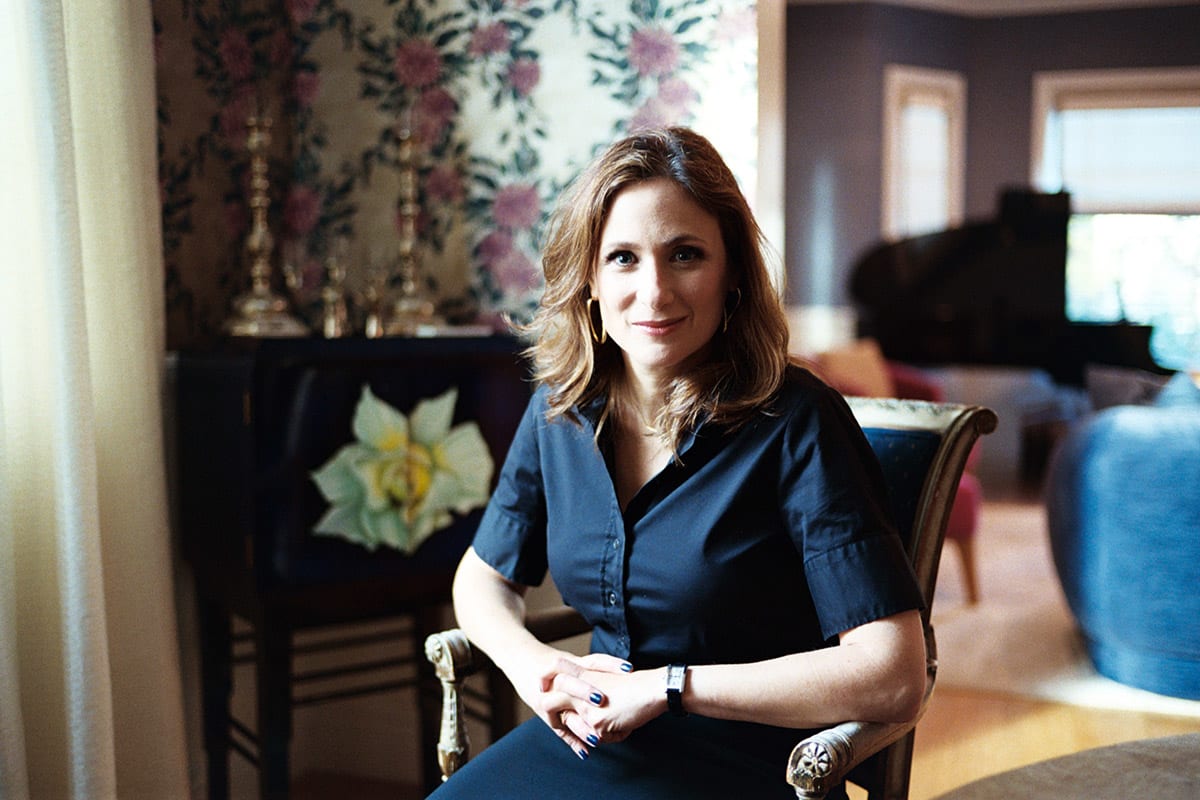Women photographers and their work celebrated in two new art exhibitions: "This is an alternate history of photography"
The contributions of women behind the lens have often been overlooked, but two new exhibitions at the High Museum of Art, Atlanta, and at The Metropolitan Museum of Art are hoping to change that by putting a focus on work that until now has been "underexposed."
The work of photographer Sheila Pree Bright speaks volumes through the pictures she takes. Some of her work includes photographs taken during the Ferguson protests.
"I'm always seeking to challenging stereotypes and showing the universal commonality amongst us all," Pree Bright told CBS News' Dana Jacobson.
Those photographs, along with photos from 85 women photographers, are featured in a 100 piece exhibition at Atlanta's High Museum of Art. The exhibition is entitled "Underexposed: Women Photographers From The Collection."
Sarah Kennel and Maria Kelly are co-curators. Kennel says the name of the exhibition has so many different meanings.
"Yeah. I mean, first, it's a photo joke, right? Underexposed is a mistake. But then also thinking about works that hadn't been on view and why not, you know, that added to the title as well," Kennel said. "And then, of course, more broadly, there's this question of, you know, 'Are women artists, are artists of color, getting enough representation?'"
The exhibition was put together from the museum's own collection of about 8,000 photos with just over a quarter shot by women. Five galleries with varying themes make up the exhibition. Each are designed to highlight more than a century of photographic work and influence by women.
"If you look at the first photograph that we have in the show, it's by Anna Atkins and she was the first women photographer but also the first person to create a photo book," Kelly said.
A photographic history lesson according to photography professor Jill Frank, also an emerging artist whose work is featured.
"I like the idea that I'm in context with some of the people I've spent my whole life admiring. Instead of using all of those familiar images from our textbooks that champion male photographers, this collection is all women identifying photographers," Frank said. "Most of these photographs have not been seen. This is an alternate history of photography, so that feels so critical. An underrepresented group of people."
At The Metropolitan Museum of Art in New York City, the lens is opened even further. Andrea Nelson takes a global approach in curating "The New Woman Behind The Camera" exhibition, which is organized by Washington's National Gallery, where she works in association with The Met.
"There are 120 different photographers from 20 different countries around the world," Mia Fineman,The Met's curator of photos, said. "We've got a cheat sheet for when I can't remember their names." The works all come from the 30-year span between 1920-1950, the era of the new woman, and when women were demanding more rights and more freedoms.
"Why do you think these photographers may have been overlooked?" Jacobson asked.
"I think there are a number of reasons. You can't just simply say, right, that there is sexism, although, you know, that is apparent. Women often had shorter careers than their male colleagues. I think there's also just you know, some bias in past histories where a number of women were working in the studio, in commercial practices, in fashion photography," Nelson said. "And these have often been overlooked by histories of photography as something that wasn't as artistic enough or creative enough."





